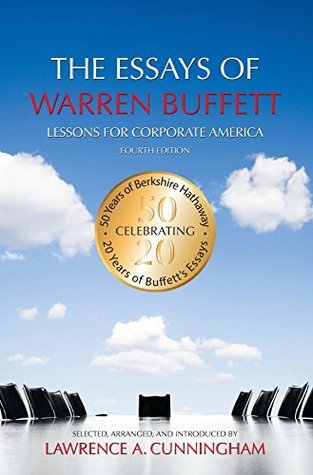More on this book
Community
Kindle Notes & Highlights
Read between
November 27, 2017 - June 7, 2021
(1) they are its sole owner, (2) it is the only asset they hold, and (3) they can never sell or merge it for fifty years.
Buffett thinks most markets are not purely efficient and that equating volatility with risk is a gross distortion.
“a stock that has dropped very sharply compared to the market . . . becomes ‘riskier’ at the lower price than it was at the higher price”—that is how beta measures risk.
It is better to be approximately right than precisely wrong.”
Graham held that price is what you pay and value is what you get. These two things are rarely identical, but most people rarely notice any difference.
Another leading prudential legacy from Graham is his margin-of-safety principle.
is a sufficient basis for believing that the price being paid is substantially lower than the value being delivered.
“if we aren't happy owning a piece of that business with the Exchange closed, we're not happy owning it with the Exchange open.”
Yet the company has never effected a stock split, and has not paid a cash dividend in over three decades.
each dollar of earnings should be retained if retention will increase market value by at least a like amount; otherwise it should be paid out.
References to EBITDA make us shudder—does management think the tooth fairy pays for capital expenditures?
corporations are now required to treat all of their owners equally.
Charlie and I think it is both deceptive and dangerous for CEOs to predict growth rates for their companies.
unintelligible footnotes usually indicate untrustworthy management.
Enron's descriptions of certain transactions still baffle me.
Charlie and I not only don't know today what our businesses will earn next year—we don't even know what they will earn next quarter. We are suspicious of those CEOs who regularly claim they do know the future—and we become downright incredulous if they consistently reach their declared targets.
The supreme irony of business management is that it is far easier for an inadequate CEO to keep his job than it is for an inadequate subordinate.
At too many companies, the boss shoots the arrow of managerial performance and then hastily paints the bullseye around the spot where it lands.


